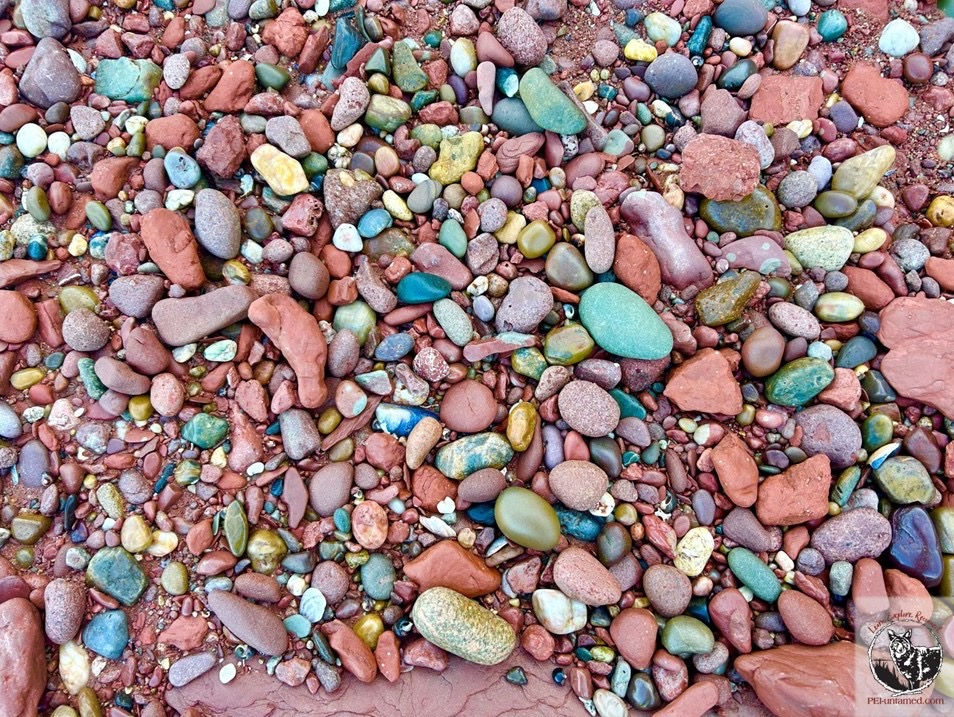The Story of PEI Part 8: Plagues of Mice
- katemacquarrie22
- Mar 12
- 3 min read
Last week, we looked at some of the large mammals that once roamed PEI, including Black Bears, Lynx, Walrus, and Caribou. You may think these were the animals that threatened early settlers the most, but the truly fearsome creatures were much smaller.

Between 1720 and 1815, there are reports of roughly a dozen ‘mouse years’, when plagues of mice created scenes that were nothing short of apocalyptic. During these periods, the warm air of spring “. . .sent forth mice instead of flowers . . .” and the animals grew in number all summer until they devoured the settlers’ ripened grain in fall.
Some described furry hoards that seemed to move with vengeful, coordinated action, and of plagues that destroyed every field from Three Rivers to Malpeque, leaving not so much as a seed to be saved. Water-filled trenches dug to trap the invaders and protect crops would fill overnight, the mouse bodies creating a bridge for their live companions to cross. Once everything had been eaten, the seething masses would “. . .rush headlong into the sea” and perish.
During plague years, it was said that dead mice would plug rivers and streams like dams before the logjam (mousejam?) broke and carried them to the coast. Ships arriving to the Island were met with huge mats of dead mice in bays and estuaries, and mouse bodies were reported to wash up along shores like rolls of seaweed.
This destruction of crops threatened the settlers’ survival more than any of the Island’s larger animals ever did. Following the outbreak of 1738, for example, French settlers pleaded with officials at Louisburg for supplies, and were granted 87 quintals of flour (8,700kg or nearly 20,000lbs), along with powder and shot to help with hunting game (no word on whether the mice themselves made it onto the menu). Some families left the Island altogether to escape what was described as ‘excessive misery’.
Some believed the plagues were a sort of supernatural curse. There is a report that evil suspicion fell upon one poor soul who was subsequently executed and buried on St. Peter’s Island in hopes that would end the torment. It didn’t.
If we assume evil spirits weren’t to blame, who were the mice that so plagued the settlers and why were there outbreaks? In 1750, Jean-Pierre de Roma described the culprits as “. . .short, blackish, fat, cute, that originates in the woods. . .”, while several other writers described them as having fat bodies and short tails. That eliminates all our mice and points the finger squarely at our voles. Good arguments have been made for both the Meadow Vole and the Red-backed Vole as fitting the description, though I lean toward the former (and don’t rule out the possibility that both species may have been involved).
While the ’who’ was certainly a vole, the ‘why’ was likely a combination of factors. Roma noted that winters with good snow cover were ideal for the small mammals, putting them “. . .in a state of being well nourished, consequently of commencing to breed early”. Others connected the production of Beech mast (nuts) with the outbreaks, noting the years following good mast years saw increased mouse activity.
Weather, food production, and voles’ natural ability to cycle through very high and low populations probably all contributed to the periodic plagues. The decrease in forest area (including Beechwoods) due to land clearing for agriculture and settlement was likely the major factor in bringing an end to the outbreaks that had terrorized settlers for nearly a century. `
While the Island’s ‘mouse years’ predated photography, we can imagine the local situation was similar to that in Australia in 1917 (photo showing four nights’ catch of 500,000 mice, part of work to protect stores of grain. Photo credit: F.G. England. Image source: Amusingplanet).
As a final note, the placename Souris is most commonly said to pay homage to this history of mouse plagues; this may or may not be true. ‘Souris’ is French for mouse, and that explanation is a plausible one. However, ‘echouerie’ – meaning a gathering place for sea mammals like Seals and Walrus – was used on early maps of this area, and some believe ‘Souris’ was a misunderstanding of this similar-sounding name. A third theory is that the name comes from ‘Souriquois’, a word 16th century Basque fishermen used for the Mi’kmaq people.
Regardless of the origin of the Town name, plagues of mice (really, voles) are interesting chapters in the history of PEI Untamed!



